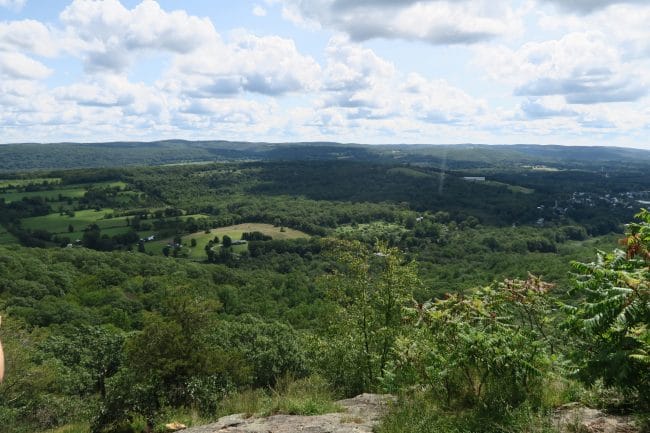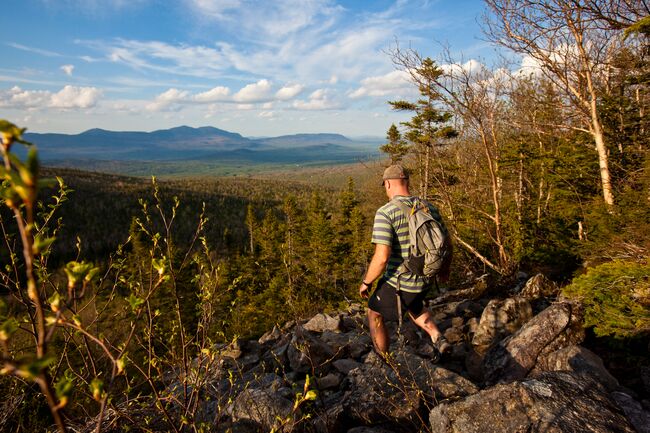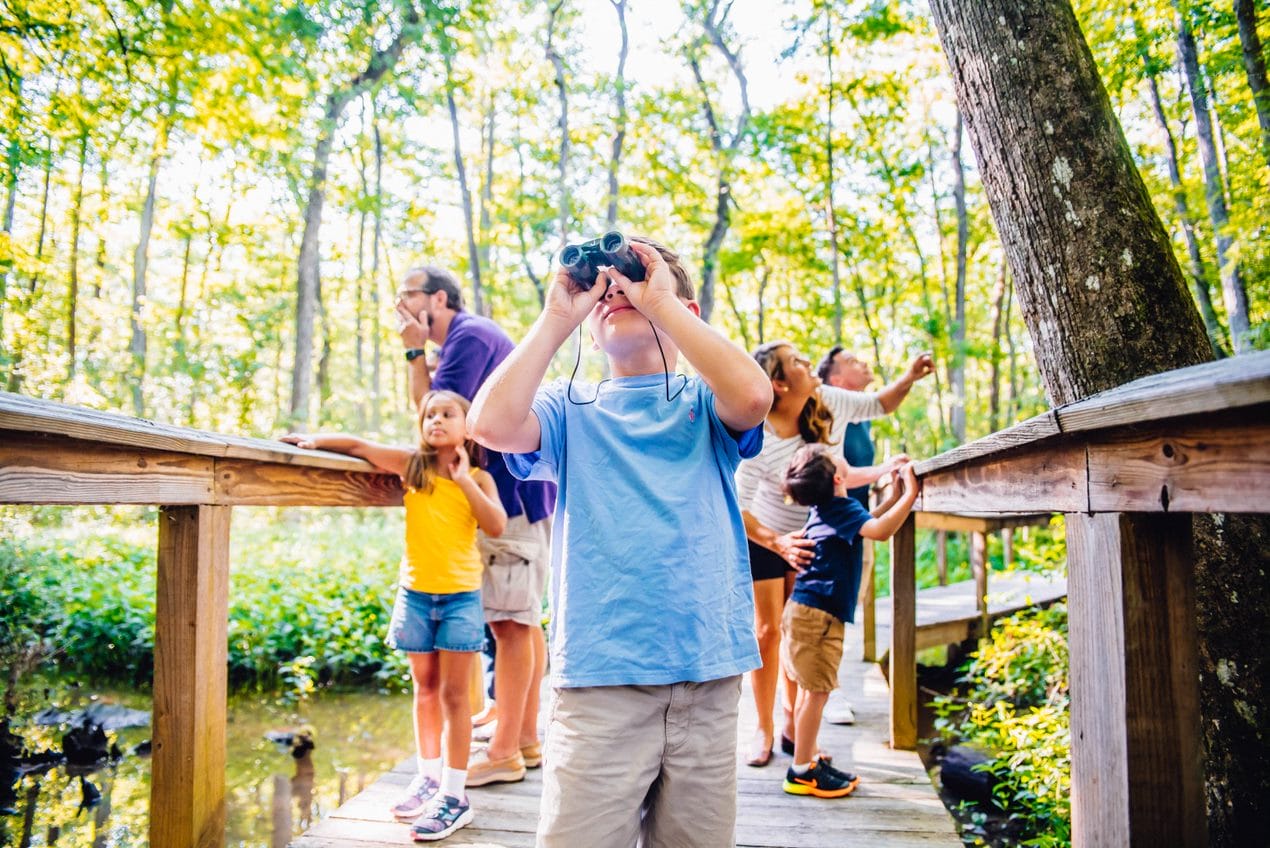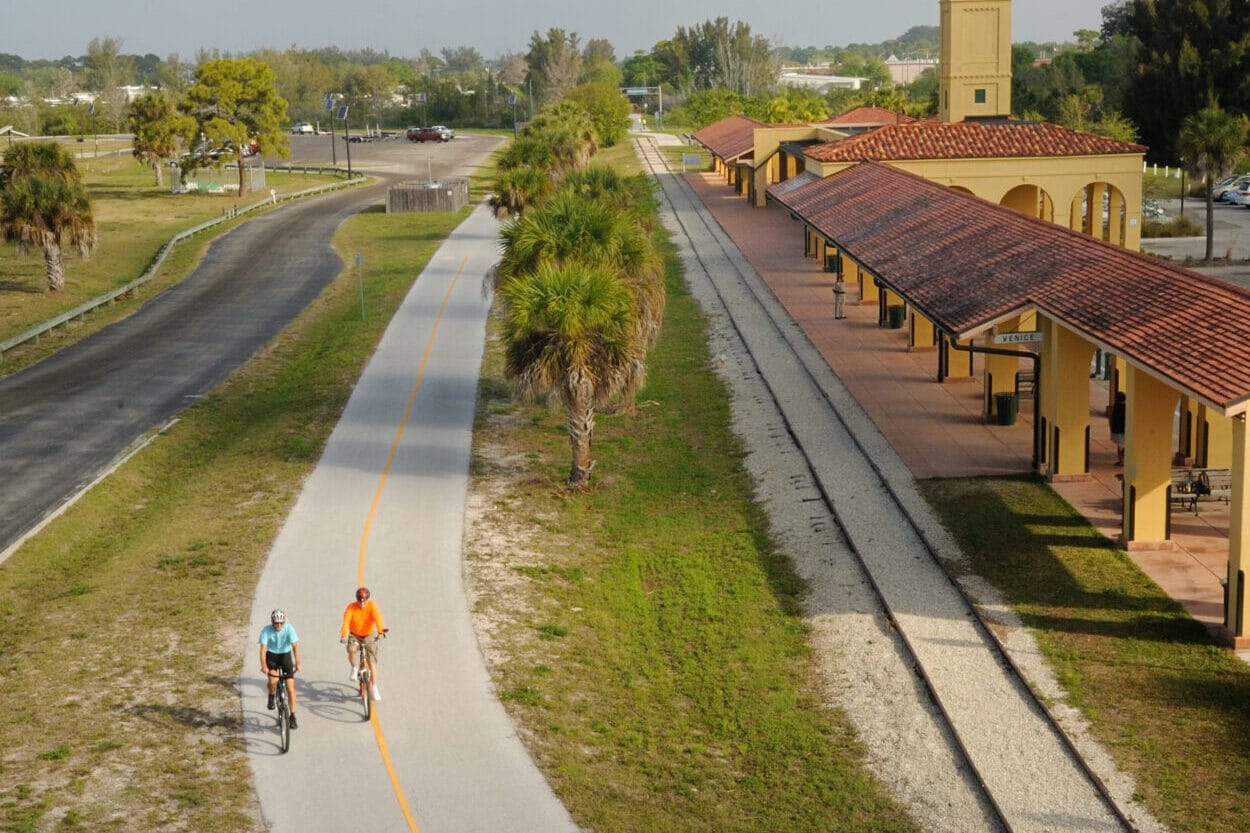
New York commuters’ next stop: the Appalachian Trail
New York commuters’ next stop: the Appalachian Trail
On weekdays New York City’s commuter trains are all business, shuttling briefcase-toting commuters between Manhattan and the suburbs. But on the weekends, New Yorkers ride the Metro-North Harlem line to a world away from the office. Believe it or not, the train will take you straight to the Appalachian Trail.
The unusual train station lies between the towns of Pawling and Wingdale in the northern Harlem Valley. Little more than a platform amid peaceful farm fields beside the tracks, it offers direct access to one of the most celebrated trails in the country.
Stretching 2,190 miles from Georgia to Maine, the Appalachian Trail is a coveted prize for “thru-hikers” who travel the entire route end to end. But these hardy souls make up just a fraction of the trail’s users: more than 3 million people use some portion of the A.T. every year for everything from lunch-hour strolls to day hikes and week-long backpacking trips.
 From the Appalachian Trail stop on the Harlem Metro-North line, hikers can hit the trail for a day, a week, or six months.Photo credit: Metro-North A.T. stop on Facebook
From the Appalachian Trail stop on the Harlem Metro-North line, hikers can hit the trail for a day, a week, or six months.Photo credit: Metro-North A.T. stop on Facebook
Tens of millions of people live within an hour’s drive of the trail, but the A.T. stop outside Pawling is the only place you can reach the trail directly by commuter train. New Yorkers make the most of it: on sunny summer weekends, hundreds of hikers hop off the train for a day—or a week—in the woods.
Many head for the Cat Rocks, a steep formation with the most prominent A.T. lookout in New York. From the A.T. train stop in Pawling, the steep, three-mile trek to the top rewards hikers with a wide view over the fields and forests of the Hudson Valley. From here, it’s easy to forget you’re just an hour’s train ride from Grand Central Station in the heart of Manhattan.
 The view from the summit of Cat Rocks, a popular day hike accessible from the A.T stop on the Metro-North’s Harlem line. Much of the countryside that hikers take in from the top is at risk of development – but we’re working to protect it forever.Photo credit: J.T. Horn
The view from the summit of Cat Rocks, a popular day hike accessible from the A.T stop on the Metro-North’s Harlem line. Much of the countryside that hikers take in from the top is at risk of development – but we’re working to protect it forever.Photo credit: J.T. Horn
But today, the peaceful experience that draws people to this popular stretch of trail is at risk. Part of the view from the summit of Cat Rocks is private property—owned by a developer with permits to build a 50-unit subdivision.
The Trust for Public Land is teaming up with locals who’ve been working for more than a decade to purchase and protect the property, which is known as Corbin Hill. Apart from protecting one of their own favorite local hikes, many Pawling residents are keen to preserve the wilderness experience of the Appalachian Trail for the thousands of thru-hikers who pass through their town each year.
“Lots of people in Pawling are proud to welcome thru-hikers,” says Karen Lutz with the Appalachian Trail Conservancy. “The town sees the trail as a part of its identity. This community goes out of its way to be good hosts and stewards of their section of the trail.”
 Tens of millions of people live within a few hours of the A.T. We’re working to conserve land along the trail, and to protect and improve access for everyone. Photo credit: Jerry and Marcy Monkman
Tens of millions of people live within a few hours of the A.T. We’re working to conserve land along the trail, and to protect and improve access for everyone. Photo credit: Jerry and Marcy Monkman
Today, thanks to more than a hundred years of hard work by generations of conservationists, the trail itself is almost entirely protected and permanently open to the public. But in many sections, the actual path is all that’s been conserved: the land alongside it remains vulnerable.
That’s why The Trust for Public Land is working with communities from Georgia to Maine to ward off development adjacent to the trail that spoils the hike, fractures wildlife habitat, and can even threaten drinking water supplies. “The first battle for the A.T. was protecting the actual path,” says J.T. Horn with The Trust for Public Land. “Now, conservationists are looking beyond the trail and working to safeguard the connectivity and wildness of the entire A.T. experience.”
Do you love the Appalachian Trail? You can help. We have just a few weeks to close a funding gap to protect Corbin Hill. Donate today.
UPDATE, AUGUST 1: We did it! Thanks to supporters like you, Corbin Hill is protected forever.
The Active Transportation Infrastructure Investment Program (ATTIIP) is a vital initiative that helps expand trails connecting people to nature and their broader neighborhoods. Despite this importance, Congress allocated $0 for ATTIIP in this year’s appropriations process. We cannot delay investments in safe, active transportation systems. Urge Congress to fully fund the ATTIIP!


Donate to become a member, and you’ll receive a subscription to Land&People magazine, our biannual publication featuring exclusive, inspiring stories about our work connecting everyone to the outdoors.
See how our supporters are helping us connect people to the outdoors across the country.









